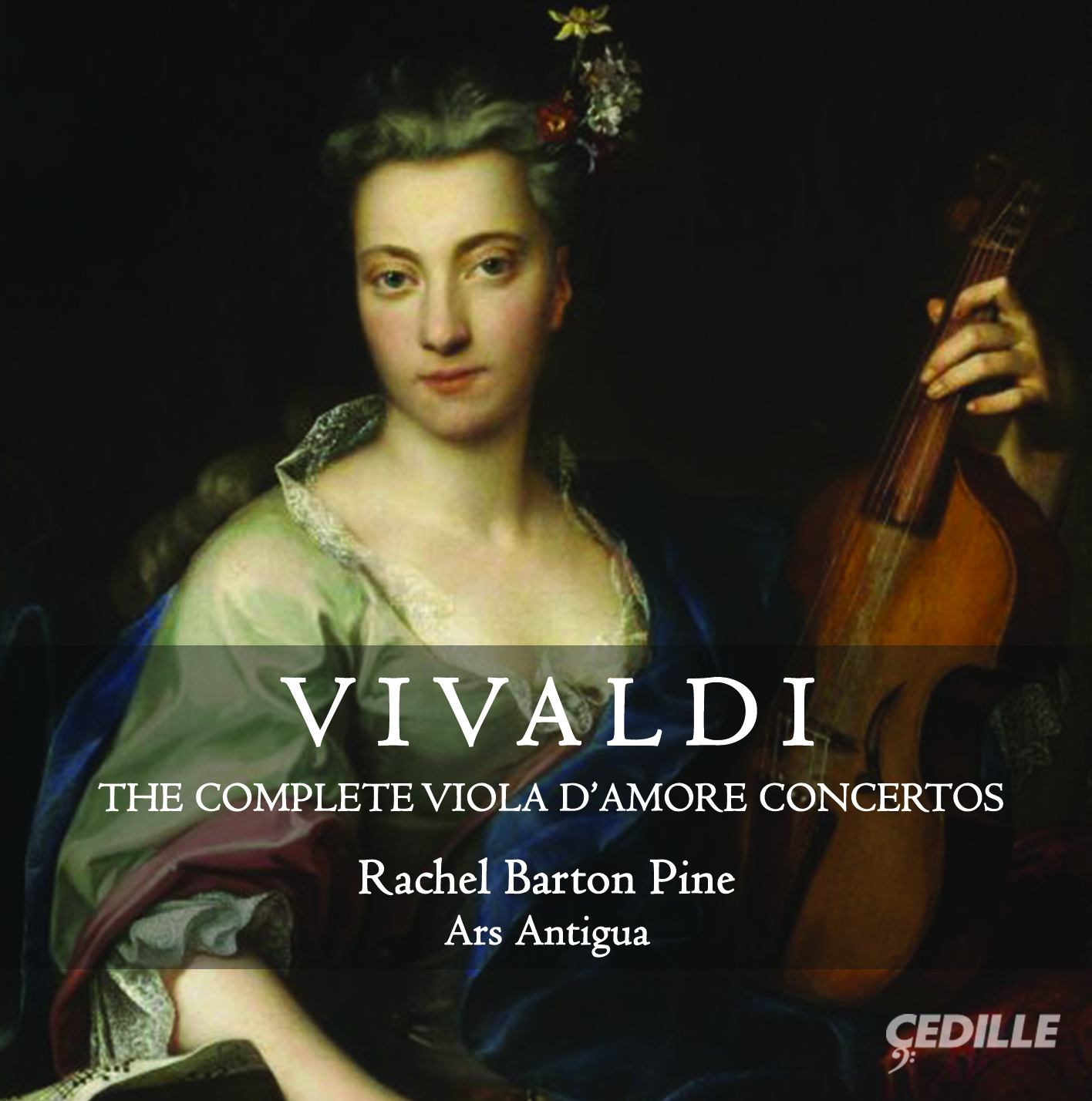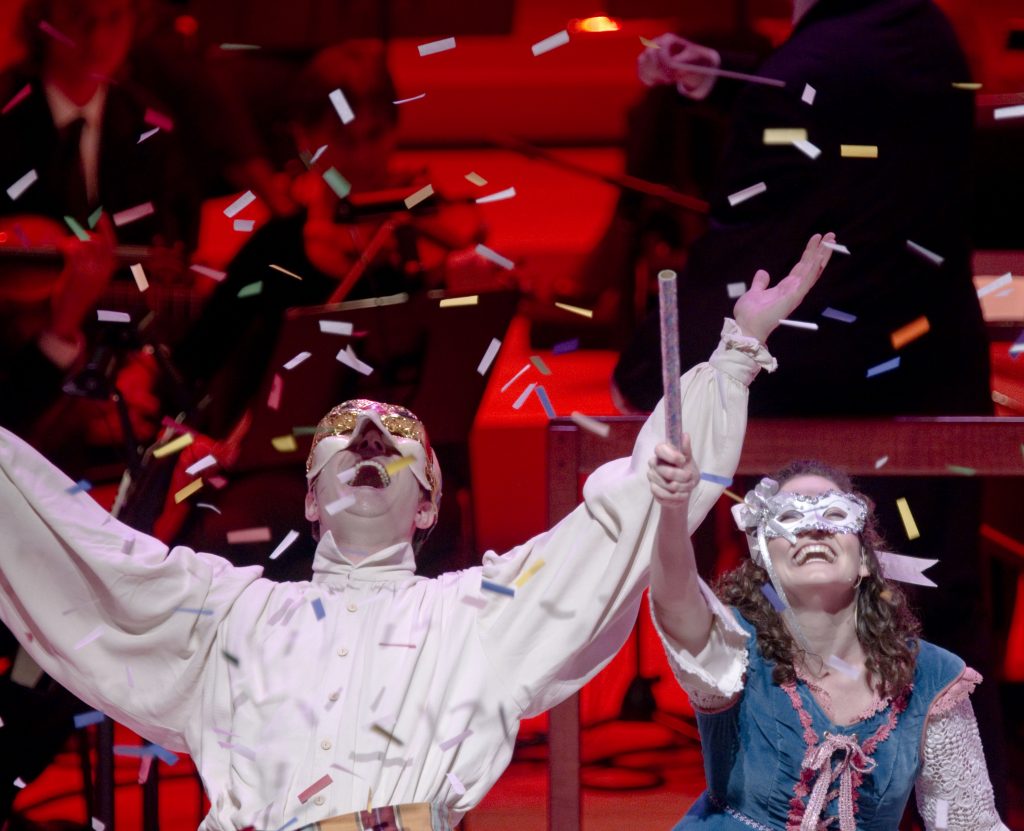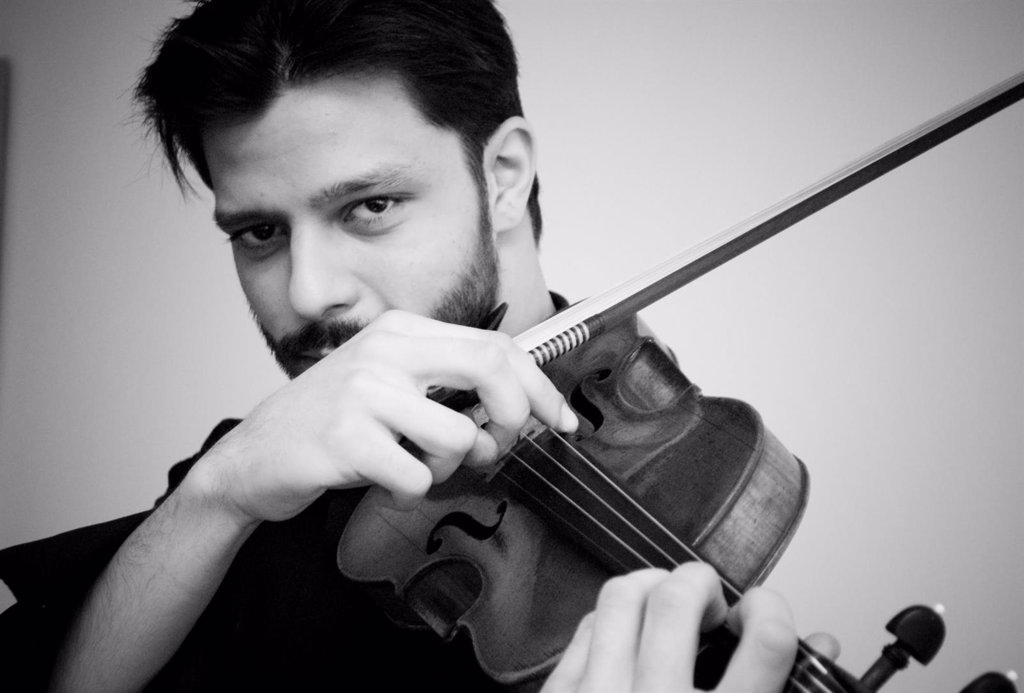Vivaldi Stradivarius
Travel Across Europe on a Journey of Musical Discovery with the New Miniseries

The documentary tells about the encounter of violinist Fabio Biondi with the 1690 'Tuscan' Stradivari preserved in the Accademia di Santa Cecilia, Rome.Biond. Vivaldi: Violin Concertos. Stradivarius: STR33944. Buy download online. Paolo Perrone (violin) & Giorgio Sasso (violin and conductor) Insieme Strumentale di Roma.
Stradivarius and Vivaldi were contemporaries. The orchestra of their day was mostly strings. We are talking about the second half of the 17th century and the first half of the 18th century. It was in the 19th century that the standard orchestra was dramatically expanded with woodwinds, brass and percussion. Antonio Vivaldi Stradivarius, CD, 2010: Concerti per fagotto vol.5 Antonio Vivaldi Naxos, CD, 2008: Concerti per archi Antonio Vivaldi Brilliant Classics, CD, 2008: The Very Best of Vivaldi Antonio Vivaldi Virgin Classics, 2 CD, 2012: Vivaldi Collection Antonio Vivaldi Decca, 19 CD, 2009: The Vivaldi Edition. Operas #1 Antonio Vivaldi Na ve.
Great Performances: Now Hear This
Fridays, September 20-October 11 on PBS
Hosted by acclaimed conductor and violinist Scott Yoo

Join Scott Yoo, renowned violinist and conductor of the Mexico City Philharmonic, in Now Hear This, a new four-part documentary miniseries presented by Great Performances that merges music, storytelling, travel and culture, as he chases the secret histories of some of the greatest music ever written. Great Performances: Now Hear This premieres Fridays, September 20-October 11 at 9 p.m. on PBS (check local listings), pbs.org/nowhearthis and the PBS Video app.
Throughout the series, Scott Yoo meets and collaborates with world-renowned virtuosos, local musical heroes across many genres, artisan instrument makers, music historians and other charismatic characters on his travels through Italy, France, Germany, Spain and Morocco. He visits legendary concert halls, architectural masterworks, jazz jam sessions and never-before-filmed archives to connect the classics to the contemporary – finding time to explore and enjoy the culture along the way.
Each episode of Great Performances:Now Hear This focuses on a great composer, tracing the creation of their masterpieces and the profound, lasting cultural impact of their music, while exploring little known or recently discovered works and new music they inspired.
Great Performances: Now Hear This “Vivaldi: Something Completely Different”
Premieres Friday, September 20 at 9 p.m. on PBS (check local listings), pbs.org/nowhearthis and the PBS Video app
In the series premiere, Scott Yoo crosses Northern Italy, chasing the story of one of the most recorded pieces of music in the world, Vivaldi’s “The Four Seasons,” and discovers how the composer merged religious melodies, opera and a new level of violin playing to launch a new era of music. On the journey, Yoo discovers a new Vivaldi work, his connection to Stradivarius, a trove of original manuscripts and how Vivaldi’s music was almost lost to history.
Great Performances: Now Hear This “The Riddle of Bach”
Premieres Friday, September 27 at 9 p.m. on PBS (check local listings), pbs.org/nowhearthis and the PBS Video app

Scott Yoo goes to Germany to learn Bach’s sonatas and partitas, widely considered among the greatest works ever written for solo violin. There, Yoo discovers a riddle Bach left behind in his portrait. In trying to solve it, Yoo and his wife, leading flutist Alice Dade, discover that Bach based his melodic style on Vivaldi and his rhythms on the music of the French court, which leads to a spectacular finale in Paris.
Great Performances: Now Hear This “Scarlatti: Man Out of Time”
Premieres Friday, October 4 at 9 p.m. on PBS (check local listings), pbs.org/nowhearthis and the PBS Video app

Join Scott Yoo in Spain and Morocco to discover the greatest composer you’ve never heard of: Domenico Scarlatti. He was the finest keyboard player in Europe, hired by the Queen of Spain as her personal instructor. Into Vivaldi’s melodies and Bach’s fugues, Scarlatti incorporated the sounds of Spain – Moorish, Jewish, Gypsy, folk, dance and guitar – to create a new musical language that inspired generations of musicians after him.
Great Performances: Now Hear This “Handel: Italian Style”
Premieres Friday, October 11 at 9 p.m. on PBS (check local listings), pbs.org/nowhearthis and the PBS Video app
Before becoming the most famous composer of his time, Handel gained a lifetime of experience in Italy. Welcomed by wealthy patrons, he traveled with the Scarlatti family and learned from Corelli and the masters of the Italian Style. Yoo returns to Italy to follow in Handel’s footsteps, taking in the art, architecture, fashion, food, wine, light and landscape that, even beyond Italian music, shaped this German composer for the rest of his life.
“Great Performances is delighted to debut this new miniseries with Scott Yoo,” said Great Performances Executive Producer David Horn. “With our long tradition of presenting the best in performance, we see this series as an opportunity to dig deeper into the origins of baroque music by hearing virtuoso musicians in their native cultures, incorporating elements of investigative documentary and travelogue to help viewers better understand this enduringly beautiful music.”
“For years I’ve wanted to share the amazing stories behind our most celebrated music with a wider audience,” said Now Hear This Host and Executive Producer Scott Yoo. “With Now Hear This, I can finally bring viewers to the musical capitals of Europe on spectacular journeys of discovery. It’s fitting that great music, great travel and great stories at last come together on Great Performances.”
Yoo is the Chief Conductor of the Mexico City Philharmonic, the Music Director of Festival Mozaic, the Conductor of the Colorado College Music Festival and the founder of the Medellín Festicámara, a chamber music program that brings together world-class artists with underprivileged young musicians. He has led the Colorado, Dallas, Indianapolis, New World, San Francisco, and Utah Symphonies.
Now Hear This was created by producer, writer and director Harry Lynch and is a production of Arcos Film + Music. Harry Lynch, Scott Yoo, Marion Lear Swaybill and Richard Lim are executive producers. Great Performances is produced by THIRTEEN Productions LLC for WNET, one of America’s most prolific and respected public media providers. Bill O’Donnell is series producer and David Horn is executive producer.
Vivaldi Stradivarius Wikipedia
Throughout its more than 40-year history on PBS, Great Performances has provided viewers across the country with an unparalleled showcase of the best in all genres of the performing arts, serving as America’s most prestigious and enduring broadcaster of cultural programming. The series is available for streaming simultaneously on all station-branded PBS platforms, including PBS.org and the PBS Video app, which is available on iOS, Android, Roku, Apple TV, Amazon Fire TV and Chromecast. PBS station members can view episodes via Passport (contact your local PBS station for details).
Major funding for Now Hear This is provided by The Iris and Joseph Pollock Fund, the Perot Foundation, George and Katherine Drastal, The Francesco and Mary Giambelli Foundation, Patricia Needleman, The Howard J. Hansen Trust, Ann Janes-Waller and Fletch Waller, and Marvin J. Brittman. Major funding for Great Performances is provided by The Joseph and Robert Cornell Memorial Foundation, the Anna-Maria and Stephen Kellen Arts Fund, the Irene Diamond Fund, Rosalind P. Walter, the LuEsther T. Mertz Charitable Trust, The Starr Foundation, the Kate W. Cassidy Foundation, the Thea Petschek Iervolino Foundation, Ellen and James S. Marcus, The Philip and Janice Levin Foundation, public television viewers and PBS.
Vivaldi Stradivarius Guitar
Websites:http://pbs.org/nowhearthis, facebook.com/GreatPerformances, @GPerfPBS, youtube.com/greatperformancespbs #NowHearThisOnPBS
About WNET
WNET is America’s flagship PBS station: parent company of New York’s THIRTEEN and WLIW21 and operator of NJTV, the statewide public media network in New Jersey. Through its new ALL ARTS multi-platform initiative, its broadcast channels, three cable services (THIRTEEN PBSKids, Create and World) and online streaming sites, WNET brings quality arts, education and public affairs programming to more than five million viewers each month. WNET produces and presents a wide range of acclaimed PBS series, including Nature, Great Performances, American Masters, PBS NewsHour Weekend, and the nightly interview program Amanpour and Company. In addition, WNET produces numerous documentaries, children’s programs, and local news and cultural offerings, as well as multi-platform initiatives addressing poverty and climate. Through THIRTEEN Passport and WLIW Passport, station members can stream new and archival THIRTEEN, WLIW and PBS programming anytime, anywhere.
It was not a Stradivarius that my violin teacher, Sir Ocampo, a Berklee College of Music graduate, had sold to me. Still, I had earnestly been setting aside for a considerable time from my salary before I could finally own one. Even when the rental fee for the violin was eventually discounted, the lesson fee for the best violin teacher I could find was still almost beyond my means. Much more expensive than the violin, which my teacher said was made mainly from the world’s best ebony and elm.

The lessons I learned from my teacher were not only playing the violin, but also the fascinating history of lutherie, the biographies of composers, and their timeless masterpieces. I didn’t mind if at the end of the second set of 20-hour lesson modules that my virtuosity was still not a Niccolo Paganini. That was because I immensely enjoyed every session that transpired in one of his family’s music shops near the place where I live. I waited for each lesson with the impatience of a young boy revisiting a circus. In the end, I was also a reluctant owner of an acoustic guitar and alto saxophone. Not to mention the old piano sitting in our living room we bought from Mr. Reyes, the piano teacher. This is another story.
So, twenty years went by and I still have not been booked at the new Philharmonie de Paris, highly considered as the concert hall with the best acoustic in the world. Nor have I done any recording of Bruch’s sonatas with the Boston Symphony Orchestra. And Julliard has remained silent with my letters applying for study grants for aspiring prodigious musician.
When I last met my former violin teacher and went for some coffee in Nepo, a few years ago, he tactfully suggested that perhaps, I needed more pieces listed in my repertoire to display the range of virtuosity like those of Paganini or Mendelssohn. I caught his drift that “For He’s a Jolly Good Fellow” and “When The Saints Go Marching In” were not enough to get accepted in the conservatory. “Jingle Bells” was out since auditions are never held on Christmas days.
For decades, the violin had remained untouched tucked in the attic until very recently when the roofing of our house needed a major renovation. My foster son who supervised the carpenters came down with the violin in its black case. He asked me what to do with it and other loads of stuff from my musical and photography arsenal. I was in the middle of my exploratory photographic essays with the newly delivered speedlights and diffusers.
It was like unexpectedly meeting an ex-lover that you were once totally crazy in love with during the younger days. With no words said, I gently lifted it from the hard case wrapped in a microfiber cloth with the bow and the shoulder rest. I ran my fingers along with the purfling design of its familiar curves, caressed the French-polished shellac body, and the long ebony fingerboard. My eyes and fingers lingered in its familiar parts and contours before I slowly laid it down again in the mahogany table with the varied fruits I had been taking photos earlier. I suddenly realized that the violin perfectly harmonized with the theme and the color scheme of what I was doing with my Nikon and speedlights.
What could be more inspiring than reminiscing a passionate bitter-sweet love story behind the subject of your photographic quest? I decided to recreate the dappled afternoon sunlight of long-gone autumn days. As warm and vibrant as the caprices of the other Antonios – Vivaldi and Stradivari.
